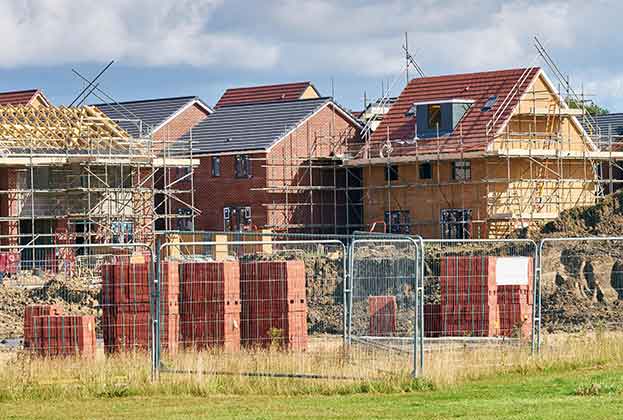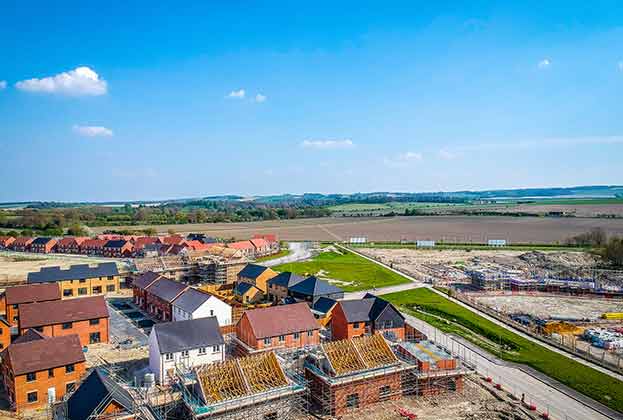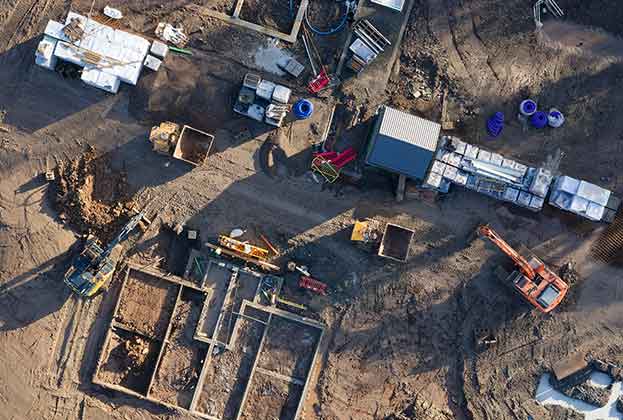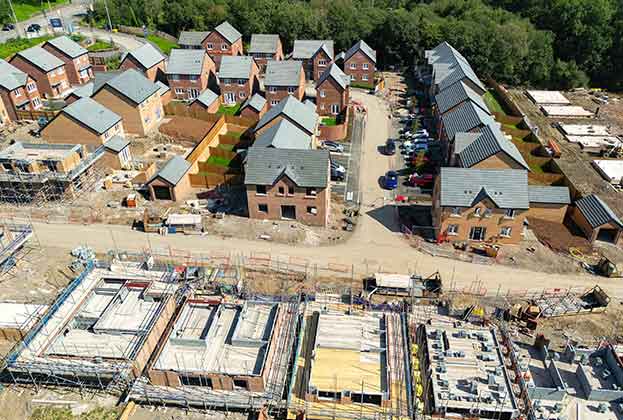Despite the continued emphasis on the need to increase housing delivery, the Government has maintained its commitment to protect and enhance the green belt – land found within approximately half of all local authorities in England.
But while there are currently no signs of any policy change to alter this position ahead of the Planning White Paper, there are subtle signs that the approach towards the green belt is beginning to shift. The need to at least consider whether and how to release areas designated as green belt for development is now becoming an accepted part of the local plan process.
There are 19 local authorities where three quarters or more of the land within their boundaries is green belt. The majority of these are focused around London and the South East where housing need is greatest, unaffordability highest and the pressure for delivery greatest.
Analysis shows that those authorities with a high proportion of green belt land often fall short of new homes targets and are typically significantly slower at adopting up-to-date local plans compared with unconstrained authorities.
National green belt policy was introduced in 1955 and has remained virtually unchanged since, with only limited guidance on its interpretation and, indeed, purpose. This has led to a raft of criticism over the methodology applied to green belt reviews and assessments during emerging plans.
Regardless of the criticism, however, it is clear that authorities are now accepting that to progress to a robust local plan, a Green Belt Assessment is a critical piece of evidence.
In Guildford, where 89 per cent of the land is green belt, the adopted local plan was subject to Judicial Review at the end of 2019, the outcome of which has been helpful.
Guildford sought to make provision for 14,602 dwellings in the period 2015-34 against an objectively assessed need (OAN) figure of 10,678. The core matter for the High Court was whether, with this level of ‘over-provision’, a review of green belt boundaries could still be justified on ‘exceptional circumstances’.
The challenge was dismissed, recognising the soundness of releasing more land from the green belt than required for a particular plan period, enabling local authorities to plan strategically and comprehensively for the longer term.
As Green Belt Assessments continue to become the norm it is likely they will come under further scrutiny, subsequently achieving a greater level of consistency.
Further information
Read: Green Belt: Impacts on plan making housing supply and delivery
.jpg)



.jpg)


.jpg)

.jpg)
